Wet Palette for Miniatures
A Game-changer for Your Painting Experience
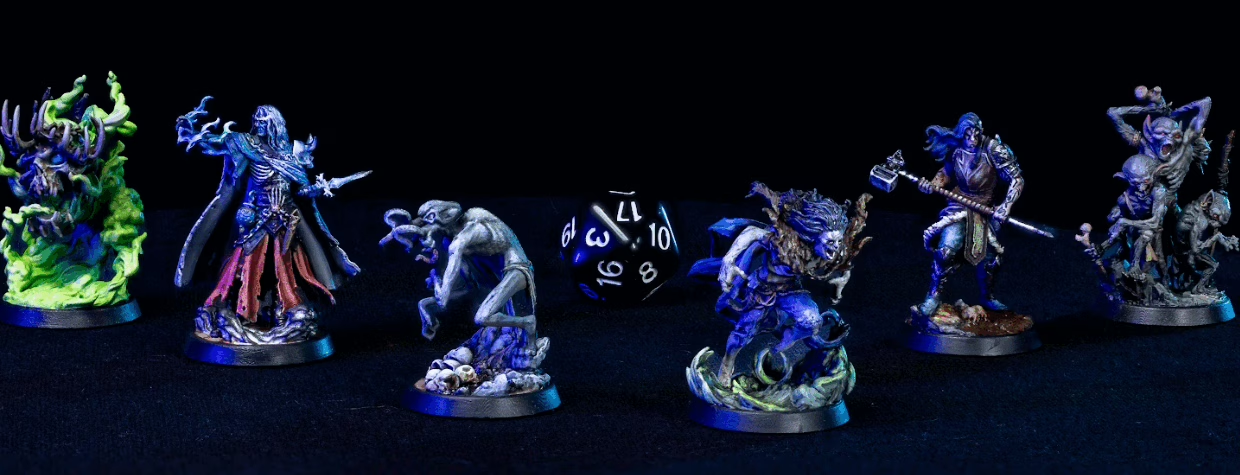
Really, This is How Professionals Do It.
If you’re just starting out painting miniatures—or even if you’ve been at it for a while—you’ve probably heard the term wet palette thrown around. And if you’re wondering whether it’s worth adding to your painting setup, the short answer is: absolutely. A wet palette for miniatures isn’t just a tool; it’s a small revolution in how you manage and apply paint. Let’s dive into what it is, why it matters, and how to use it to level up your minis.
What Is a Wet Palette?
A wet palette is essentially a container that helps keep your acrylic paints moist and workable for longer periods. It’s made up of a shallow tray, a layer of absorbent paper, and a sponge underneath that keeps everything hydrated. The idea is simple: instead of your paint drying out on a traditional palette in minutes, it stays fresh and usable for hours or even days.
This is particularly useful when painting miniatures, where blending and layering techniques often require tiny amounts of paint over extended sessions. With a wet palette, your perfect skin tone mix or glowing green highlight doesn’t dry out halfway through a session, and that alone can feel like a small miracle.
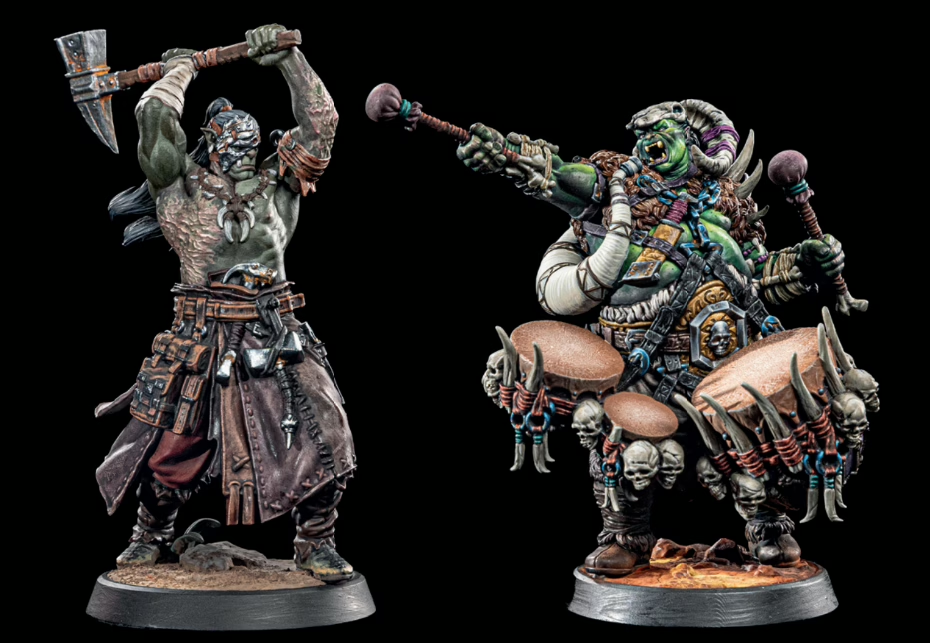
Can’t I Just… Paint?
Yes… BUT! Hear me out. When painting miniatures, control is everything. You’re working on tiny surfaces, with subtle details that need just the right tone and texture. A wet palette for miniatures gives you the flexibility to keep your paint at the ideal consistency—not too thick, not too watery. This consistency is key for achieving smooth coats, precise blends, and rich transitions.
Also, it saves paint. No more blobs of color drying into useless crust after five minutes. No more remixing the same hue over and over. It’s easier to stay in the creative flow when you’re not constantly battling with dry paint. Trust me. Personal experience.
Understanding a Little Bit of Color Theory
Now, having a great wet palette setup is just one side of the whole thing. To truly unlock its potential, you need to think about color selection—and that’s where color theory comes into play.
In miniature painting, color theory isn’t just academic—it’s visual storytelling. Warm tones often evoke life, passion, or danger. Cool tones can suggest calm, decay, or mystery. Complementary colors (those opposite each other on the color wheel) make each other pop and can create dramatic contrasts, while analogous colors (those next to each other) are more harmonious and subtle.
Understanding how colors interact helps you make smarter choices when building your palette. For example, if you’re painting a character that’s supposed to look noble and heroic, you might want to choose a royal blue base and use golden-yellow highlights to bring out that valor. On the other hand, a villainous necromancer might shine in deep purples contrasted with sickly greens. A classic.
Best Colors to Have on Your Wet Palette
There’s no universal formula, but there are definitely some go-to shades that most miniature painters swear by. A solid starting lineup might include:
- A pure white and a true black for mixing;
- A neutral mid-gray;
- Primary colors: red, blue, and yellow;
- A few earthy tones like burnt sienna, raw umber, and green olive;
- A flesh tone (or mix one from red, yellow, and white);
- A cold and a warm version of your primary colors (cool blue vs. warm blue, etc.).
Having both warm and cool versions of primaries lets you mix more accurately and reflect lighting and mood with precision. With a wet palette, you can also pre-mix subtle variations and keep them workable for the duration of your session.
How We Perceive Color in Characters
Ever wonder why some miniatures just look right, while others seem flat or weird, even if technically well-painted? That’s why it is important knowing a little about color theory and how a color wheel works and how we perceive color. Our brains interpret color in context—so the same red cloak will feel totally different depending on what colors surround it.
Using a wet palette lets you experiment more freely with these interactions. You can tweak a color slightly, test it next to others before applying it to the mini, and keep those nuanced mixes alive as you refine your work.
Also, don’t underestimate the impact of lighting. Simulating a light source with your color choices—like adding cooler tones to shadows and warmer ones to highlights—can really bring a miniature to life.
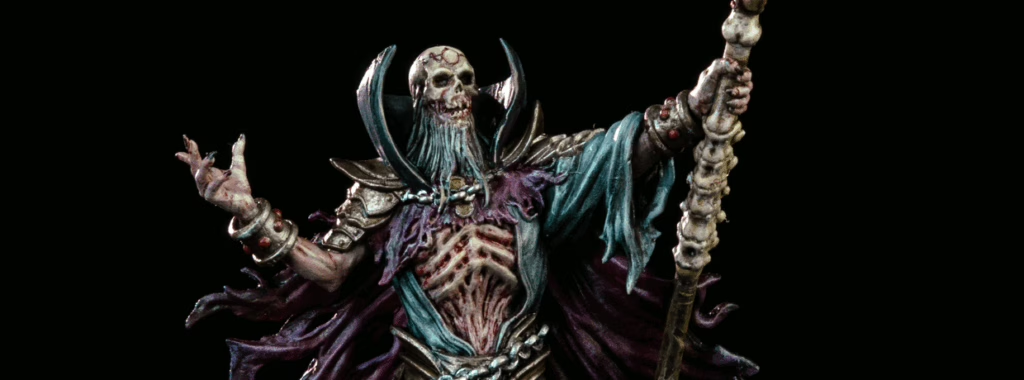
How to Keep Your Paints from Drying Out
The main job of a wet palette is to keep paints fresh, but there are a few tricks to make sure it works properly:
- Don’t over-saturate the sponge—just enough to keep the paper moist, not soaking;
- Store your wet palette in an airtight container when not in use;
- Refresh the paper and sponge regularly, especially if you notice smells or discoloration.
Some painters even refrigerate their palette between sessions, especially in hot climates. It might sound too much, but it can add days of extra life to your mixes.
Pro Tips for Getting the Most from Your Wet Palette
Rule number one: don’t overload it. Start with small amounts of paint and build up as you go. If you’re trying to match a color from a previous session, take notes or snap a photo. If your palette gets messy or muddy, clean it up—clutter can mess with your mixes.
You can also use little islands of paint with bridges between them for controlled blending. Need to desaturate a color? Add a touch of its complementary color. Want a highlight that doesn’t look chalky? Mix a bit of ivory instead of pure white.
Experiment. That’s the beauty of it. With a wet palette for miniatures, you have more flexibility, more time, and more space to explore what your colors can really do.
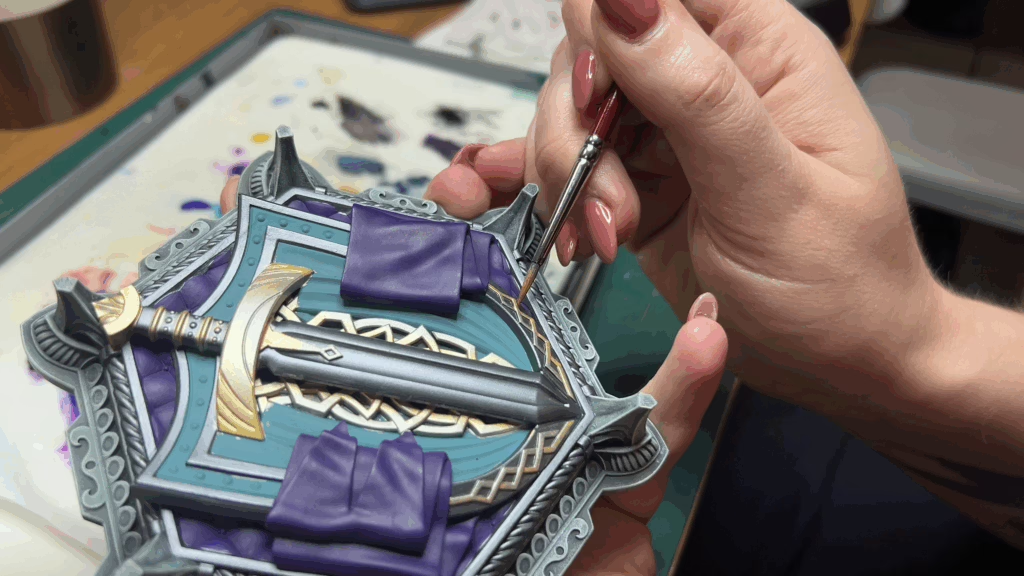
Make Your Own Wet Palette
There are tons of options online to buy a wet palette. From beginners to professionals, the price can vary. But, if you’re just starting it, it’s nice to know how to build your own, so you can get experience and up your level in the near future.
This is what you’ll need:
- Airtight container: Any shallow, sealable container will do—Tupperware, a takeout box, or a lunchbox. The flatter, the better.
- Sponge or kitchen paper towel: You need something absorbent that holds water. A dish sponge (cut to size if needed) or folded paper towels work great.
- Baking parchment paper (not wax paper!): This is your painting surface. It lets water through just enough to keep your paints hydrated but not watery.
- Distilled water (optional): Tap water works fine, but distilled water helps prevent mold and mineral buildup over time. And tap water requires more changes more frequently. You do you.
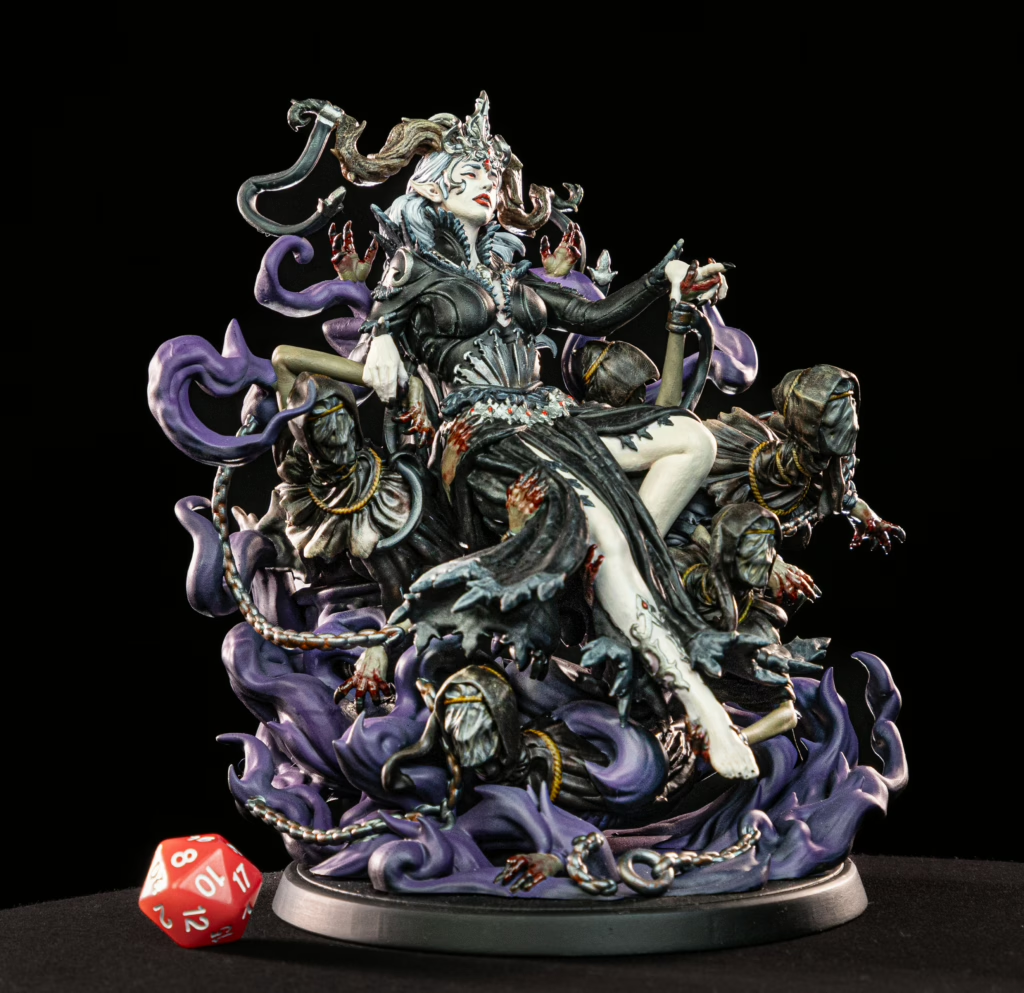
And this is how you assemble everything:
- Place a sponge or layered paper towels in the container.
- Add enough water to fully saturate it (but not flood it).
- Cut parchment paper to fit and lay it on top.
- Let the paper absorb moisture—then add your paints.
- Seal the container when not in use to keep paints fresh.
And there you go! A budget-friendly wet palette for your miniatures and all your arts and crafts.
Final Thoughts
If you’re serious about miniature painting—or even just curious about doing it better—a wet palette is one of the easiest upgrades you can make. It helps you paint smoother, mix better, and waste less. But even more importantly, it gives you the freedom to slow down, experiment, and enjoy the process. And when you’re spending hours bringing tiny heroes and monsters to life, that’s what it’s all about.
Ready to level up your hobby? Make the switch and see how a wet palette for miniatures can change the way you paint. I, for example, feel like a French Renaissance painter.
Loot Studios can help you paint highly detailed minis, statues, and props. Choose your favorite bundle from our previous releases or sign up for Fantasy or Sci-Fi to receive a new bundle every month. You can also check out some tips on our YouTube Channel.

Luiza Romagnoli is an autistic Brazilian woman, journalist, and obsessed with RPG. She has been writing since she can remember, but it was in 2017, posting texts on Instagram, that she began to take it seriously. She has a poetry book published by Patuá Publishing House: sirva o chá. Nowadays, Luiza is a multi-hyphenned professional: she’s a writer, translator, English and Spanish Teacher, and has an RPG stationery store: Papelaria do Aurel. Although having all these jobs almost leave no room for her D&D sessions, she still loves them.
